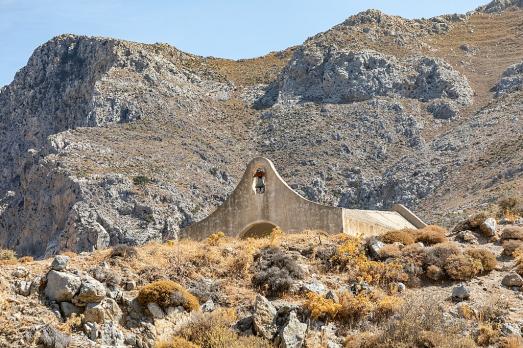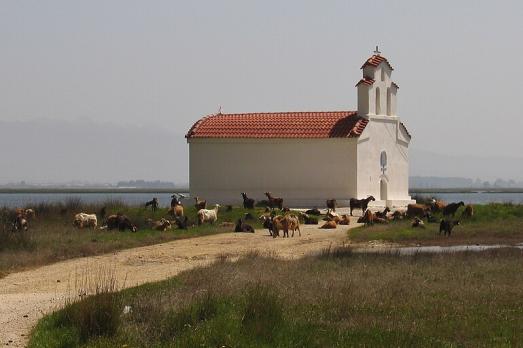
Chabanivka Jewish Cemetery
Chabanivka, UA
The cemetery in Chabanivka already existed in the mid-19th century. The oldest found tombstone dates to 1849. The cemetery was in use until WWII.
Here you can search for a building to visit. You can use the map find destinations, or you can use the filters to search for a building based upon what different criteria.

Chabanivka, UA
The cemetery in Chabanivka already existed in the mid-19th century. The oldest found tombstone dates to 1849. The cemetery was in use until WWII.
Haarlem, NL
Modern chapel in Linnaeus College.

Lacs, FR
The Chapel of Cosnay is nestled in the town of Lakes in central France. Referenced for the first time in 1155, it was part of a priory. Sold in 1793 as a national asset, it served as a dwelling before being left without maintenance. This Romanesque building is composed of a nave extended by a choir with a semi-circular chevet.

Laniscat, FR
Located in Laniscat, in the Côtes-d'Armor, the chapel Notre-Dame de Rosquelfen dates from the second half of the 14th century. Inside you will discover rich and interesting furniture and, outside, a classified Calvary monument dating from the sixteenth century.

Preuilly-sur-Claise, FR
The chapel of Tous-les-Saints, built in the 15th century, is located in Preuilly-sur-Claise. A polychrome paneling vault displays a macabre dance painted on the walls in shades of red, yellow and ocher. This procession includes notable religious figures and villains whose depiction reflects the equality of all before death in times of war and serious epidemics. On the chevet, flanking the altar, a group of musicians accompany them.

Plumelec, FR
The chapel of the Château de Callac is located in Plumelec, Brittany, and dates back to the 12th century. The current Château was built in the 14th century and enlarged in the 15th and 16th centuries. It was then redeveloped in the 17th century with the four pavilions. The small private chapel, is inseparable from the castle of Callac, which is classified with the Historical Monuments.

Noyen-sur-Sarthe, FR
The chapel of the castle Montabon is located in Noyen-sur-Sarthe in Pays de Loire. Built in the 17th century, it is the only surviving element of the original Montabon seigniorial estate. In the 19th century, the castle and its outbuildings were destroyed and subsequently rebuilt. The square chapel has a choir with a flat chevet, that is vaulted with ogives and lit by three windows.

Neapoli , GR
.

Asomatos, GR
Small chapel on a hill between the village of Asomatos and the parking near the entrance to Kourtaliotiko Gorge.

Taxiarches, GR
.

new
Nestled amidst the serene landscapes of the Harz region, lies a hidden gem for nature enthusiasts and history buffs alike - the Harz Monastery Hiking Trail. Lace up your hiking boots and embark on this captivating adventure that will transport you back in time.

The Holy Mile (Miglio Sacro) of Naples is a one-mile-long itinerary, through sacred places linked to the city's patron saint, San Gennaro, in the Rione Sanità district. Discover the city from a new perspective with this unique walking tour.

As a university city, cultural offerings abound in Tartu and will reach their peak after being designated one of three European Capitals of Culture for 2024. In this list, we've compiled the most interesting sacred places to visit in and around the old town.